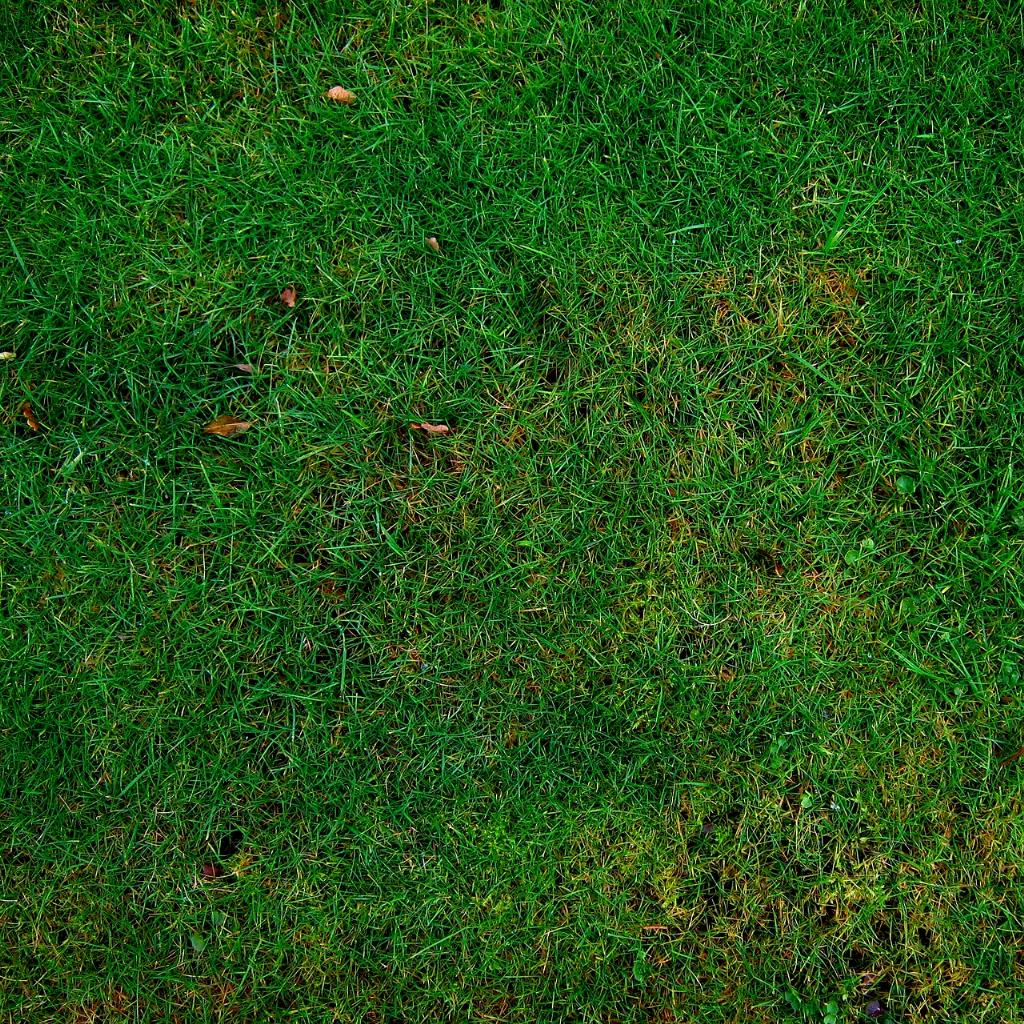Timing is crucial when it comes to seeding your lawn in the fall. The ideal window for fall lawn seeding typically ranges from mid-August to mid-September. During this period, the soil is still warm from the summer months, promoting seed germination and growth.
It’s essential to avoid planting your grass seed too early in the fall, as high temperatures can hinder the establishment of new seedlings. On the other hand, delaying your seeding efforts too late into the fall season can expose your young grass plants to freezing temperatures and frost, leading to their potential demise.
Choosing the right timing for fall lawn seeding is key to ensuring the success of your lawn renovation or establishment project. By targeting the optimal window between mid-August to mid-September, you can take advantage of favorable soil conditions and weather patterns to give your grass seed the best chance of flourishing.
While spring is also a viable season for lawn seeding, fall offers several advantages that make it an attractive choice for many homeowners. The cooler temperatures and consistent rainfall of the fall season create an ideal environment for grass seed germination and root development.
By seeding your lawn in the fall, you allow your grass plants to establish strong root systems before the onset of winter. This early root development sets the stage for robust growth in the following spring, giving your lawn a head start on lush, healthy growth.
One important factor to consider when determining the best time to seed your lawn in the fall is the specific climate and growing conditions in your area. Different regions may have slightly varying optimal seeding windows based on temperature patterns and frost dates.
Consulting with local gardening experts or extension offices can provide valuable insight into the most suitable timing for fall lawn seeding in your particular location. By leveraging their knowledge and expertise, you can ensure that you are making informed decisions for the health and vitality of your lawn.
Additionally, conducting a soil test before seeding your lawn in the fall can offer valuable information about the nutrient levels and pH balance of your soil. This data can help you select the appropriate type of grass seed and fertilizer to optimize the growth and development of your lawn.
When preparing to seed your lawn in the fall, it’s essential to focus on proper soil preparation to create an optimal growing environment for your grass seed. Clearing the area of debris, loosening compacted soil, and incorporating organic matter can all contribute to improved seed germination and establishment.
Proper watering is a critical aspect of fall lawn seeding success. While the fall season typically provides more natural rainfall than summer, it’s important to monitor soil moisture levels and ensure that your newly seeded lawn receives adequate hydration for healthy growth.
Monitoring the progress of your fall-seeded lawn and addressing any issues promptly can help maximize the success of your seeding efforts. Keep an eye out for signs of uneven germination, pest damage, or nutrient deficiencies, and take proactive measures to address any challenges that arise.
In conclusion, the best time to seed your lawn in the fall is typically between mid-August and mid-September. By choosing this optimal window, considering local climate conditions, conducting a soil test, and focusing on proper soil preparation and maintenance, you can set the stage for a healthy, vibrant lawn that will thrive for years to come.

